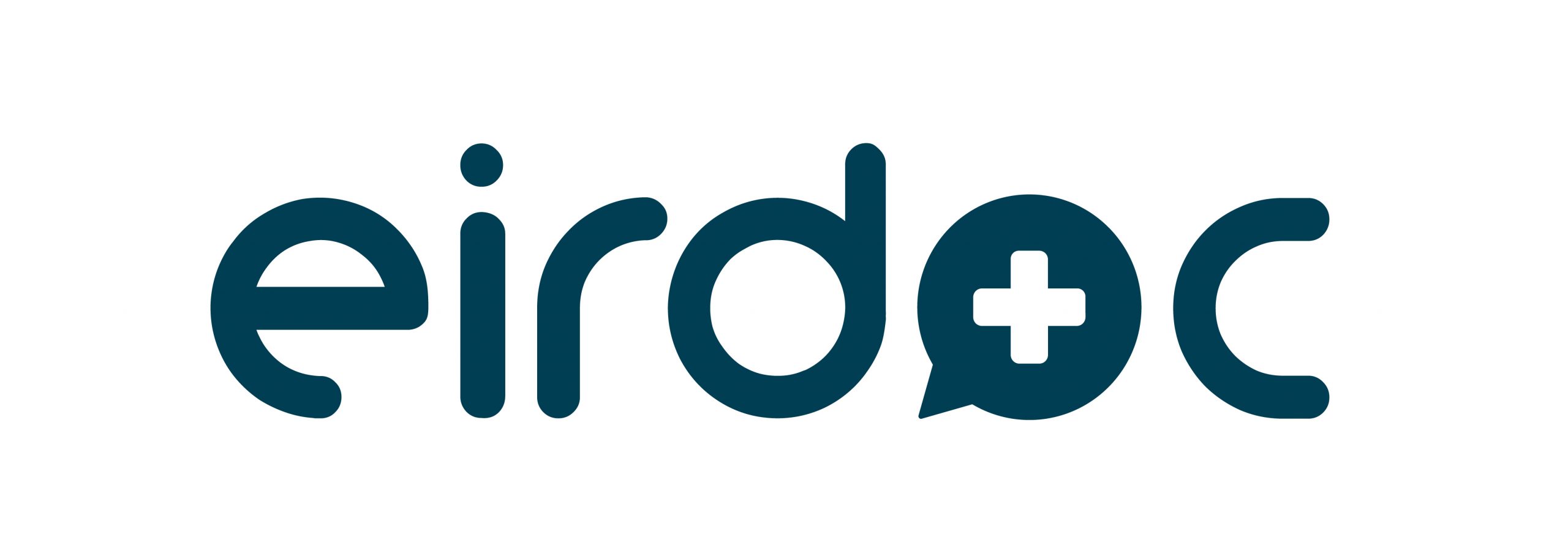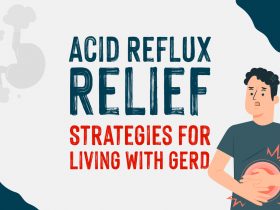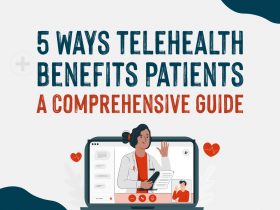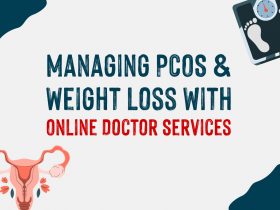Why is talking about Vitamin D important?
Several studies have shown that adults have low levels of vitamin D in Ireland. This perhaps can be related to the lack of sunlight available throughout the year.
What is Vitamin D?
Vitamin D is likely one of the oldest hormones with existence of more than 400 million years serving vital function for immunomodulation and photosynthesis. It is a fat-soluble hormone, that is important for brain function and development.
Where do we get Vitamin D?
Vitamin D is free, and its primary source is from sunlight. The human skin can synthesize up to 90% of Vitamin D from sunlight, however adequate sun exposure is required.
Forms of Vitamin D
There are 2 forms of Vitamin D.
Vitamin D which can be obtained by the food we eat.
Vitamin D3 (cholecalciferol) synthesized by stimulation on the skin from exposure to the sunlight.
Vitamin D3, as we may have guessed is the primary source of Vitamin D.
Why do we need Vitamin D?
- It helps with enhancing absorption of calcium. Calcium is very important for good bone health among many other benefits.
- It helps with absorption of phosphate. These minerals like calcium and phosphate play a vital role in muscle contraction.
- Vitamin D plays a vital role in brain functioning and brain health (Neurodevelopment)
- It is Neuroprotective. It helps protect our brain and brain function.
- Vitamin D has known Anti-inflammatory effects
- It is an important Antioxidant. It protects us from damage done by free radicals.
Where can we get our Vitamin D?
The best source of Vitamin D is the free form of Vitamin D available to us from sunlight. It is advised that from about late March to the end of September, most of us should be able to obtain our Vitamin D from the sunlight.
However, during the remaining months of October and early March, we are likely not to get sufficient vitamin D due to lesser levels of sunlight.
Vitamin D can also be obtained from foods.
These include;
- Fish – especially oily fish such as herring, salmon and sardines
- Red meat – such as beef and lamb.
- Other foods such as egg yolks and animal liver.
- Some breakfast cereals and foods are fortified with Vitamin D too.
Vitamin D supplements
- Vitamin D is also available in supplement form.
How much vitamin D do we actually need?
Before we talk about Vitamin D supplementation, lets understand about the dosage and common form of units it is expressed in.
- Milligrams (mg) 1 milligram is 1,000 microgram (μg).
- International Units (IU) 1microgram (μg) is 40 (IU).
Example: 10 microgram = 400IU, 5 microgram = 200 IU.
Most Vitamin D supplements are available as tablet forms as well as chewable form.
It is advised to take your supplement with a large meal as this helps with the absorption.
Children (ages 1 to 4)
Require 5 micrograms (μg) of vitamin D as a supplement daily for a few months each year. The HSE advices this to be given from Halloween (October 31) to St Patrick’s Day (March 17).
Adults and children over 4 years old
In Ireland, it is due to the lack of strength of the sunlight, especially during the autumn and winter months, we are required to replace Vitamin D we usually get from sunlight with from our diet.
However, it can be challenging to get adequate vitamin D from food alone.
It is therefore recommended that a daily supplement containing 10 micrograms of vitamin D during autumn and winter is consumed. (10micrograms Vitamin D = 400IU)
Who might consider taking vitamin D more often?
As we have discussed, majority of vitamin D is available from sunlight. Some people are at risk of having low vitamin D levels, especially if they are indoors or unable process vitamin D adequately from sunlight.
You may consider taking 10 micrograms of vitamin D (400IU) throughout the year, especially if you:
- Do not spend much time outdoors.
- People who remain indoors due to illness, limited mobility, such as in nursing homes.
- Wear clothing that covers majority of skin when outdoors.
- Dark pigmentation of skin (dark skin tone)
Can you take too much vitamin D?
No, Vitamin D is required in adequate amounts as recommended by health services. Taking excessive amounts of vitamin D over a prolonged period may cause excessive calcium in the body. This can have adverse and harmful effects, such as weaking the bones and causing damage to some vital organs, such as the heart and kidneys.
Some important points to keep in mind.
- Health services generally recommend that 10 micrograms (400IU) / day is sufficient for most people.
- It is to be cautioned that different ages of people have different levels of vitamin D to be considered safe for the particular age group and cohort.
- It is important to note that some people have medical conditions, which mean they may need a lower level of Vitamin D dosage, as their bodies may not be able to tolerate and safely take as much.
- While we do know the best way to get Vitamin D is through being out in the sun, always remember to protect your skin. You may consider protecting your skin by covering up and using skin protection to reduce harmful effects to the skin and skin cancer.
- It is important that you follow the advice of your GP if you have been recommend to consume a different amount of vitamin D. The information provided here is based on general advice provided by health service, and should not be taken as a medical advice.
If you have any questions, doubts or require further information, consult your GP or our qualified medical professionals here.
References
- World Health Organization (WHO). 2004. Vitamin and mineral requirements in human nutrition. 2nd edition. Geneva, Switzerland: WHO.
- Wacker, M. and Holick, M. (2013). Sunlight and Vitamin D. Dermato-Endocrinology, 5(1):51-108.
- Public Health England. 2019. McCance and Widdowson’s Composition of Foods Integrated Dataset.
- European Food Safety Authority. 2016. Scientific opinion on dietary reference values for vitamin D. EFSA Journal 2016;14(10):4547
- Vitamins and Minirals – Vit D (HSE)





